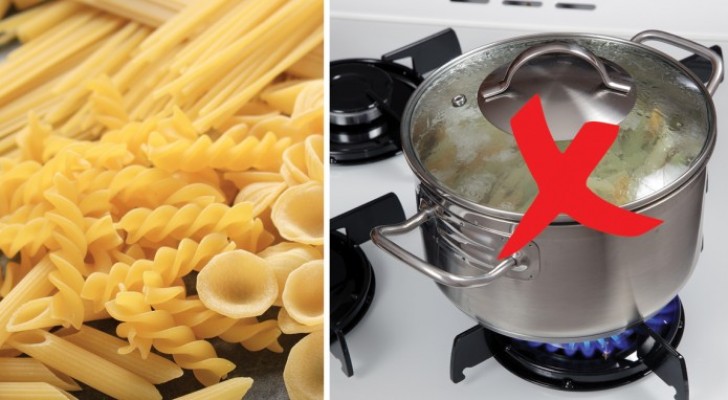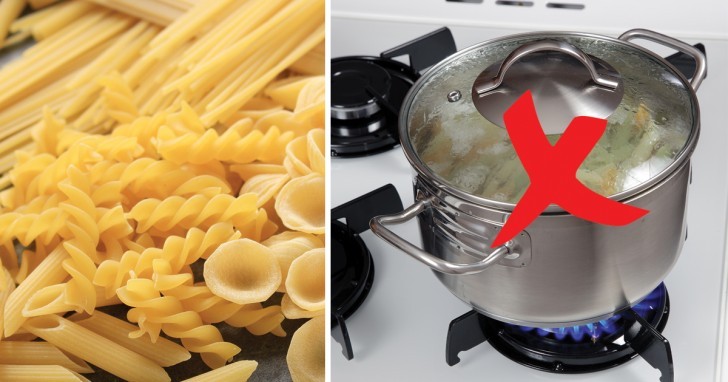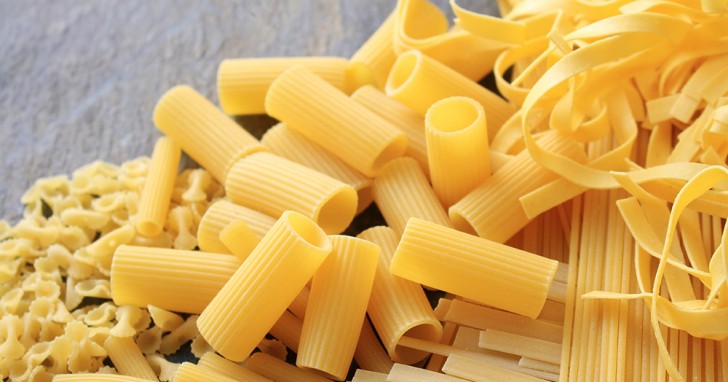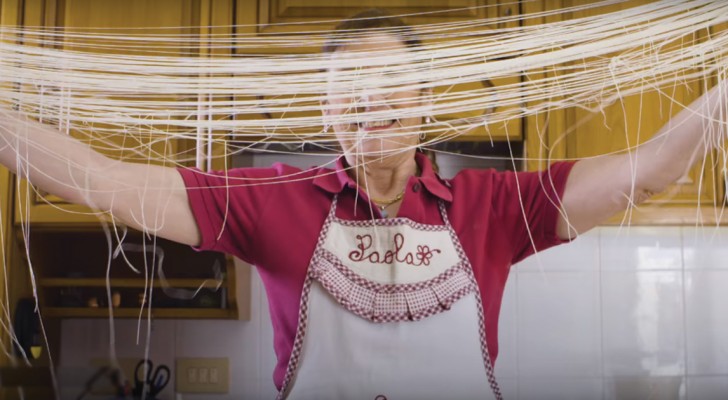The 10 most common mistakes made when cooking pasta

Advertisement
Saying "pasta" is a bit like saying "Italy". As a matter of fact, it is in Italy where since the Middle Ages, this preparation created from semolina or flour has been increasingly defined, both in the pasta shapes and in the cooking methods.
Preparing Italian pasta is not that difficult, as long as you follow certain steps and rules, though!
In order not to fail miserably and unnecessarily at this task, it is quite useful to be aware of the most common mistakes made in cooking pasta, both in Italy and in other countries.
The 10 most common mistakes made when cooking pasta

Storyblocks
- Not paying attention to the quality of the pasta. We admit that the budget allowance for buying food is not the same for everyone, but if some brands are more expensive than others, often there is a reason. For example, the bronze-drawn pasta is certainly better than the Teflon-drawn one, both because it involves a slower drying process and because it gives porosity to the product and therefore a greater ability to blend well with the sauce.
- Not reflecting on the correct pasta shape to use. If you already know what sauce you want to use, naturally the first thing to ask is what kind of pasta is best suited to that particular type of sauce? In general, long pasta goes well with more "liquid" sauces and short pasta shapes go well with meat sauces and vegetables cut into small pieces.
- Not calculating correctly the proportions of cooking water. Here you just need to make a quick calculation! Every liter of water is enough to cook 100 grams of pasta. Using too little water prevents homogeneous cooking (the risk is that the pasta will cook quickly on the outside before it is cooked on the inside) and this also produces concentrations of starch so that when the pasta is served a slightly bitter taste is noted.
Advertisement

Storyblocks
- Rinsing pasta with cold water after it is done. If you like many others do this when you are preparing a cold pasta dish, then you should know that you have only two possibilities --- add a glass of cold water to the pot or drain the pasta a few minutes before it is done, add a little oil and mix so that it does not stick but allow the pasta to cool by itself. If you rinse pasta with cold water, you wash away the starch that helps to amalgamate the pasta with the sauce and you will spoil the taste.
- Not paying attention to cooking times. It's good to trust, but it's smarter not to, especially when you try a new type of pasta! The advice is not to exceed the cooking time indicated on the package and stay nearby to taste the pasta (it happens that sometimes the cooking time reported is not accurate) and in any case, it is preferable to drain the pasta one or two minutes before and let the pasta finish cooking in the sauce.
- Not knowing when to add salt to the water. In every Italian family, there have been "discussions" regarding this delicate moment. We want to give you a certainty and provide you with two possible options. One is to put the salt in the water (before it boils) boosts the boiling point and ensures a higher temperature that cooks the pasta well. On the other hand, putting salt in water that is already boiling, saves energy as the water comes to a boil sooner, but the saving is minimal. The only thing that should really be avoided at all costs is to add salt and throw the pasta in the water at the same time, as both the addition of one and the other contributes to lowering the water temperature and which slows down the boiling which is needed to cook the pasta properly. As for the quantity, you should pour 7-10 grams of salt for each liter of water (and therefore for every 100 grams of pasta).

Storyblocks
- Covering the pot with a lid after you have already put the pasta in the pot. Never do this! Maybe everyone already knows but it is always good to repeat it.
- Adding a little oil to prevent the pasta from sticking together. It is a trick that many people use, but in reality, we know that these two substances cannot be linked at the molecular level. But what you can do is turn the pasta from time to time and respect the cooking time.
- Using the wrong type of pot. For example, to cook spaghetti there are pots with a special shape, that is to say, that the pots are narrow and tall.
- Draining the pasta and throwing away the water. The cooking water will not only serve to stir and mix the pasta to avoid an annoyingly dry result, but the mineral salts and the starch it contains can be used in many useful ways, from watering plants to hair packs and re-using the water again when steaming vegetables or fish.
If you adhere to this decalogue, it will be difficult for you to fail when preparing a delicious pasta dish!
Advertisement





